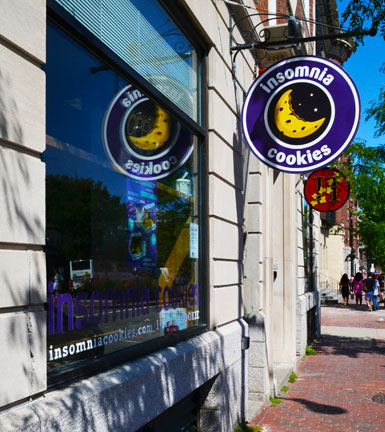
When they added it to the dish of undifferentiated brain cells, it caused those cells to develop into brain cells, but it also triggered them to develop into non-neuronal cells like astrocytes. One cause of depression is shrinkage of brain cells in the hippocampus – most antidepressants increase cellular growth there, as does ECT and aerobic exercise, and blocking this neurogenesis renders antidepressants ineffective.īuspirone induced neurogenesis in this platform, but there was a problem. They did this by testing them in cell cultures of primitive, undifferentiated human brain cells to see if they caused cell growth, or neurogenesis. It all started ten years ago when Maurizio Fava’s group at Massachusetts General Hospital were screening drugs for their potential in depression. Two medications that don’t treat depression on their own – buspirone and melatonin – just might treat it when combined together. This is an interesting story of drug development. One of them is when buspirone is combined with melatonin. We get into that more in the online edition and identify a few reasons to use buspirone in depression. The antidepressants vilazodone (Vibryd) and vortioxetine (Trintellix) also share this mechanism, as do many atypical antipsychotics which are partial agonists at 5-HT1A, such as aripiprazole, asenapine, clozapine, lurasidone, quetiapine, and ziprasidone.īuspirone + Melatonin = An AntidepressantBuspirone is a popular augmentation strategy for antidepressants, but the research supporting that use is not as strong as its popularity would suggest. It is a serotonin 5-HT1A agonist, which is the same mechanism that fuels the anxiolytic properties of Silexan – the German extract of lavender that we reviewed for GAD last August. Generalized anxiety disorder also changed a lot from DSM-III to DSM-IV the 1980’s style DSM-III listed a lot more physical symptoms than DSM-IV, and focused more on fear, apprehension, and hypervigiliance than everyday worries.īuspirone treats anxiety without any benzo-like gabba effects. DSM III added a duration criterion – the anxiety had to last at least a month – and DSM IV extended that to 6 months. This disorder must be distinguished from normal apprehension or fear, which occurs in realistically dangerous situations.”Īnd that’s the whole criteria. Unlike Phobic neurosis, anxiety may occur under any circumstances and is not restricted to specific situations or objects.

“Anxiety neurosis is characterized by anxious over-concern extending to panic and frequently associated with somatic symptoms.

Studies in real GAD did follow after its release, but let’s take a look at the early criteria that buspirone was first discovered to work for: Anxiety neurosis The FDA gave them a pass, and so buspirone was born in 1986. So the researchers carried out some statistical back-peddling to pull GAD symptoms from the rating scales they used, and show that the drug probably worked in GAD as well. All of the early studies were done with the DSM-II criteria for anxiety neurosis, but the field had moved on to DSM-III, where the closest thing was generalized anxiety disorder (GAD). Other studies followed, but when it came time to submit them to the FDA there was a problem. Goldberg and Finnerty, who also helped usher in trazodone – concluded that buspirone “was as effective an antianxiety agent as diazepam and produced no more and perhaps fewer side effects.” Both meds were dosed at around 20-25mg per day, divided 2-3 times a day.
#Wellbutrin insomnia harvard trial
In 1979 the first human study of buspirone in anxiety was released – a randomized controlled trial that compared it to diazepam (Valium) and placebo. They saw what looked like antianxiety effects – mice who took buspirone were less aggressive and less fearful in the face of electric shocks.

That attempt failed, but researchers at Bristol Meyers Squibb kept testing the drug in animals. But first, some history.īuspirone is generally classified as a serotonin 5-HT1A agonist, but when it was first synthesized in 1968 it was thought to have dopaminergic effects in high doses and they tried to develop it as an antipsychotic. But we turned up some under-the-radar uses of buspirone in our February issue, and today we are going to focus on one of them: Depression. The ingredients were practically free, and there was no way that was going to sell.īuspirone (Buspar) is FDA approved for generalized anxiety disorder, and it hasn’t earned approval in any other conditions since its release by Bristol Meyers Squib in 1986. It seemed to improve depression and cognition without causing any significant side effects. In 2012, psychiatrists at Harvard’s Massachusetts General Hospital discovered a novel antidepressant.


 0 kommentar(er)
0 kommentar(er)
